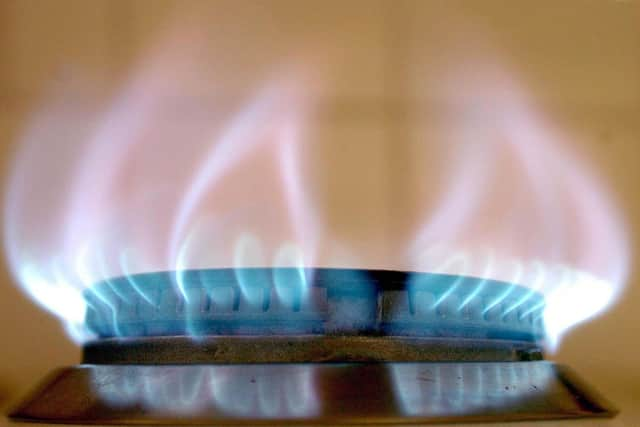Two thirds of Scarborough and Whitby homes fall below government’s energy efficiency target
and live on Freeview channel 276
An investigation from the BBC’s Shared Data Unit found that 69% of properties with an energy rating in the borough are rated D-G meaning households are spending more money on energy bills and pumping more CO2 into the atmosphere than necessary.
This is the third highest percentage in North Yorkshire.
There are 40,070 homes in the local authority with Energy Performance Certificates (EPC) which provide a grade between A and G for how energy efficient the property is.


Advertisement
Hide AdAdvertisement
Hide AdAn A grade indicates lower energy costs and better insulative measures, grade G is at the other end of the scale and C is just above average.
The average C02 emissions per house per year in Scarborough is 5.09 tonnes.
The average estimated cost savings for heating, lighting and water bills if properties underwent all possible improvements in Scarborough is £319.43 a year.
The Government has said it needs to go "much further and faster" to improve the energy performance of homes, it had set a target of making all homes in England and Wales the equivalent of an EPC “C grade” by 2035, but critics say moves towards achieving that “have fallen off a cliff”.
Advertisement
Hide AdAdvertisement
Hide AdPeter Smith, from national fuel poverty charity National Energy Action, said: "At a high level...there needs to be a push to improve all homes, but to do this it needs to have the same infrastructure priority as HS2 or building a third runway [at Heathrow]."
"Since 2012 it [tackling energy efficiency] has fallen off a cliff."
Dr Tim Forman, a research academic at the University of Cambridge's Centre for Sustainable Development, said now only a national project of a scale not seen since World War Two, would be enough to help Great Britain meet its 2050 net zero carbon target, which was signed into law in June 2019.
"We need to throw everything we have at it [energy efficiency]," Dr Forman said, "There's a desperate need to do something, not in 10-15 years, but now."
Advertisement
Hide AdAdvertisement
Hide AdAlmost a fifth of all CO2 emissions in the UK are generated by domestic properties, mainly due to the dependence on gas for our heating and cooking.
But the energy efficiency of our homes (how well they are insulated, glazed, or use alternative measures to reduce energy use) also has a major impact on emissions.
Responsibility for energy efficiency in England falls under the jurisdiction of Westminster and currently no direct taxpayer money is spent on support for energy efficiency measures in England.
One suggestion to increase the pace of change could be to offer financial incentives for people to make improvements at significant "trigger points" in their lives such as when they moved home or had already planned other renovations, Jenny Hill, of independent advisory body Committee on Climate Change, said.
Advertisement
Hide AdAdvertisement
Hide AdJenny Hill said: “There are 29 million homes, all of those need to retrofit energy efficiency measures and better forms of heating, and as we are looking to achieve this by 2050, that implies upgrading a million homes a year, but the current rate is 10 times less than that.
“It’s crucially important that we have an attractive package for householders.
“People are much more likely to consider energy efficiency measures when they move home or do renovations, for example we could reduce stamp duty on efficient homes.”